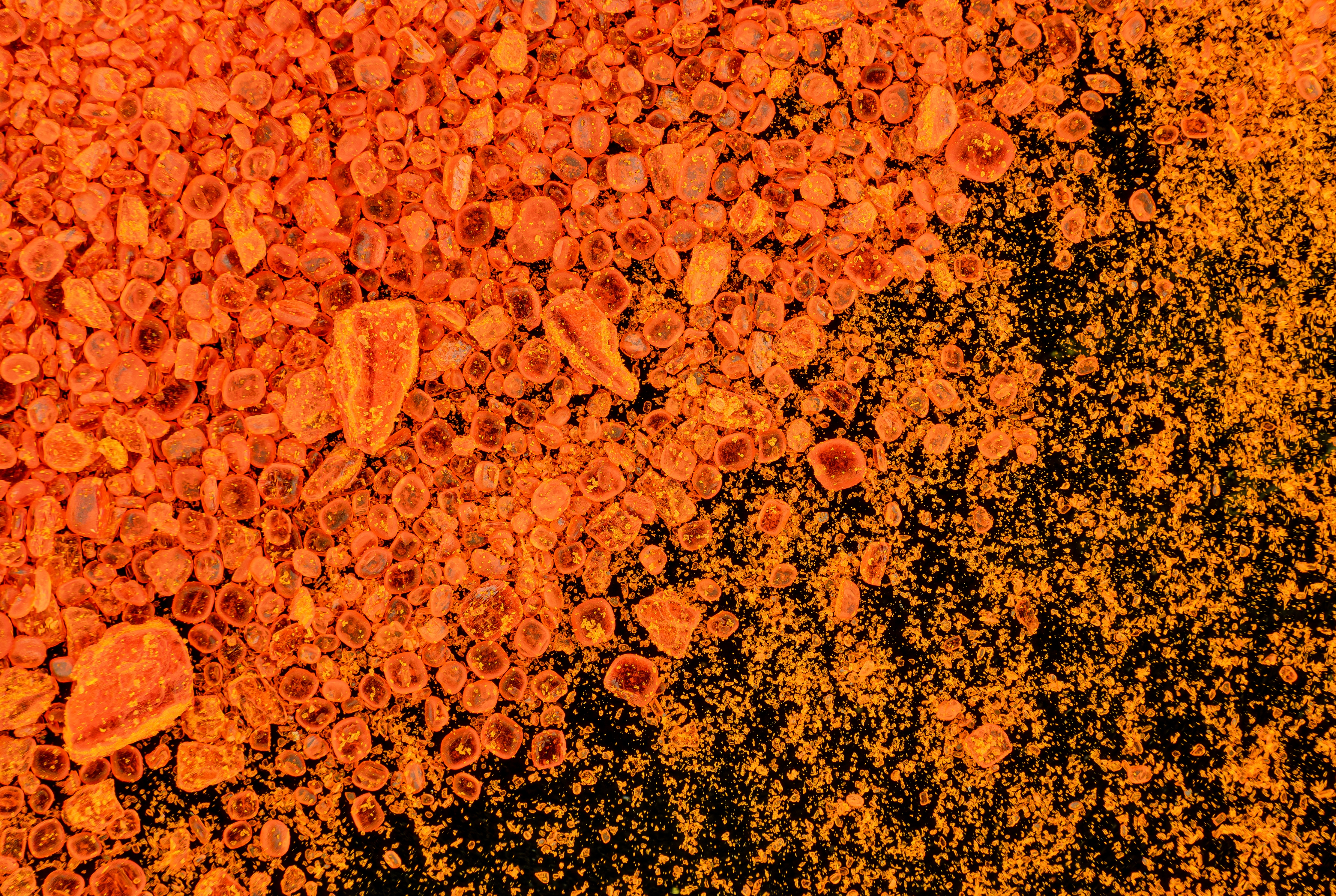
A patent directed to a polymorph of an active pharmaceutical ingredient can be an effective way to extend product protection for pharmaceuticals, especially in late-stage development. The European Patent Office (EPO) recognises that a specific polymorphic form can be novel over a disclosure of an amorphous form or even a generic “crystalline” form of the compound. Establishing an inventive step for a polymorph, however, can be challenging. Ash Earl provides a review of inventive step considerations for polymorphs at the EPO.
Key learning points:
- A polymorph made in a routine manner and not having an unexpected property is unlikely to be considered inventive.
- Data is crucial – a polymorph patent application will likely face significant inventive step challenges without the right kind of data.
When are polymorphs deemed obvious?
The seminal Board of Appeal decision on the inventiveness of polymorphs is T 0777/08. Therein, the Board held:
“[I]n the absence of any technical prejudice and in the absence of any unexpected property, the mere provision of a crystalline form of a known pharmaceutically active compound cannot be regarded as involving an inventive step.”
“When starting from the amorphous form of a pharmaceutically active compound as the closest prior art, the skilled person would have a clear expectation that a crystalline form thereof would provide a solution to the problem of providing a product having improved filterability and drying characteristics. The arbitrary selection of a specific polymorph from a group of equally suitable candidates cannot be viewed as involving an inventive step.” (emphasis added)
The need to show an unexpected property was highlighted in T 0041/17.
In T 0041/17, a polymorph of sorafenib tosylate that is stable under mechanical stress was found to be obvious because it is the most thermodynamically stable polymorph, screening and isolation of the most thermodynamically stable polymorph were generally encouraged by the prior art, and the most thermodynamically stable polymorph was expected to be stable under mechanical stress.
Unexpected properties must be substantiated by suitable evidence, usually in the form of experimental data – specifically, the right kind of data. In T 0256/13, a claim to a polymorph was lost because there was no evidence to support its alleged properties. In T 2007/11, a claim was found to be too broad because the evidence did not support that the alleged properties of the polymorph were achieved for all claimed embodiments. In T 1994/22, an unexpected property demonstrated by post-published evidence could not be relied upon because the legal standard for doing so – clarified in G 2/21 – was not met.
The arbitrary selection of a polymorphic form of selexipag from a group of other polymorphs resulted in a polymorph lacking an inventive step in T 1994/22. The proprietor asserted that the claimed form of selexipag had a balance of beneficial properties in terms of stability, industrial processability, solvent content and purity. Although a polymorph having a combination of beneficial properties can be inventive (T 2086/21 and T 672/21), on the facts, the Board found that, while the claimed form exhibited the best stability compared to other polymorphs of selexipag, its industrial processability, solvent content and residual impurities were intermediate. The Board saw nothing unexpected in finding a polymorph that is optimum for one property but only intermediate for several other properties and found the selection of the claimed polymorph to be arbitrary.
When can polymorphs be inventive?
There is an abundance of Board of Appeal decisions in which polymorphs were found to be patentable.
Trends in successful cases are:
- The polymorph possessed an unexpected property.
- Comparative data was available, especially to distinguish between different polymorphs.
- There were technical difficulties in preparing the polymorph.
Demonstrating that the claimed polymorph exhibits an unexpected property is a powerful argument in proving an inventive step at the EPO. This was summarised in T 1684/16:
“The fact that the skilled person is taught in the prior art to investigate polymorphs in order to isolate the crystalline form having the most desirable properties is in itself not necessarily sufficient to consider a specific polymorphic form having a certain desired property obvious”
Whether a property is unexpected necessarily depends on the facts, but exemplary effects are discussed below.
Polymorphic stability (stability against interconversion between polymorphs) was successfully relied upon in T 2114/13, T 1555/12 and T 1326/18. Sometimes, it is unnecessary for the claimed polymorph to be the most polymorphically stable form to be patentable. In T 0517/14, the closest prior art disclosed a different polymorph that also had good polymorphic stability. However, in the Board’s view, it was not to be expected that a further crystalline form with similar polymorphic stability could be obtained.
Physical stability has also been relied upon to support an inventive step. In T 1684/16, a polymorph of bosutinib monohydrate was found to be inventive because the polymorph had improved stability in terms of appearance, purity, water content and crystallinity compared to both the solid form and another crystalline form.
Low or non-hygroscopicity is another property that can support an inventive step, as relied upon in T 1442/18 and T 1418/22. In T 1418/22, the claimed form was found to be non-hygroscopic, whereas the known amorphous form was hygroscopic according to the European Pharmacopoeia classification.
An inventive step has even been acknowledged for any crystalline form of a known compound based on the crystalline forms possessing an unexpected property. In T 0500/16, a crystalline malate salt of cabozantinib was found to be inventive because it was unexpected to have an improved dissolution profile under physiological conditions in a pharmaceutical formulation compared to a mixture of crystalline and amorphous forms.
Although it is generally known that amorphous forms are usually more water-soluble (and thus potentially more bioavailable), in T 1723/10, an amorphous form having a specific X-ray diffraction pattern was deemed inventive because of its improved bioavailability in the specific (acidic) conditions of the stomach.
The process by which the claimed polymorph is produced can also lend weight to the inventive step story of a polymorph. Decisions that exemplify this include T 1418/22, T 0699/05 and T 1210/05.
In T 1418/22, 75 single solvents and solvent combinations were tested, and only four solvent mixtures led to the claimed form. Anti-solvent experiments did not lead to the claimed polymorph either. The Board thus found that there was technical difficulty in obtaining the claimed polymorph, which contributed to its finding of an inventive step.
In T 0699/05, a method using a laser to induce the nucleation of a polymorph was found to be inventive. In T 1210/05, an unusual work-up involving the suspension of a solvate hydrate in water in order to eventually remove the water from the solvate was enough to support a patentable claim.
To summarise, screening and isolating polymorphs is generally considered routine under the EPO’s assessment of inventive step. If an unusual process is developed to obtain a polymorph, that may support an inventive step. Otherwise, identifying and proving an unexpected property of the polymorph is essential to establish inventiveness at the EPO.
If you have any questions on the patentability of polymorphs, please find my contact details on my website profile here or contact us at gje@gje.com.


